

? | Home page | Hardware





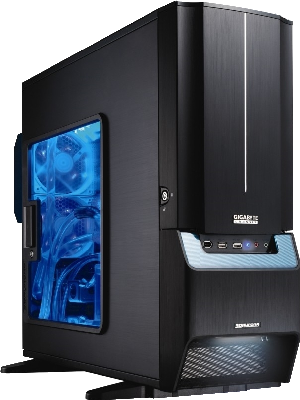
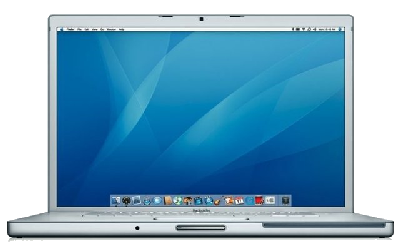


(click on the pictures to see the various models of these brands on the Audiofanzine website, and read users' opinions)


















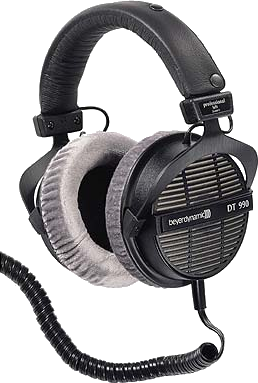
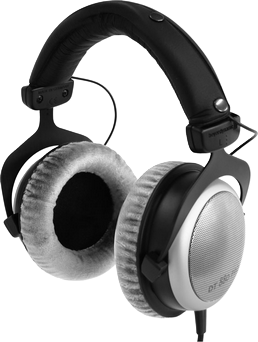

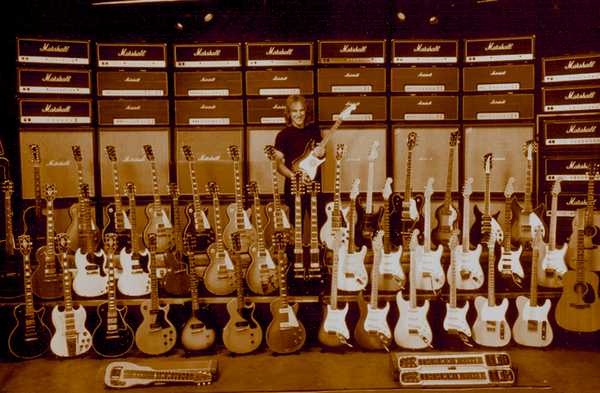
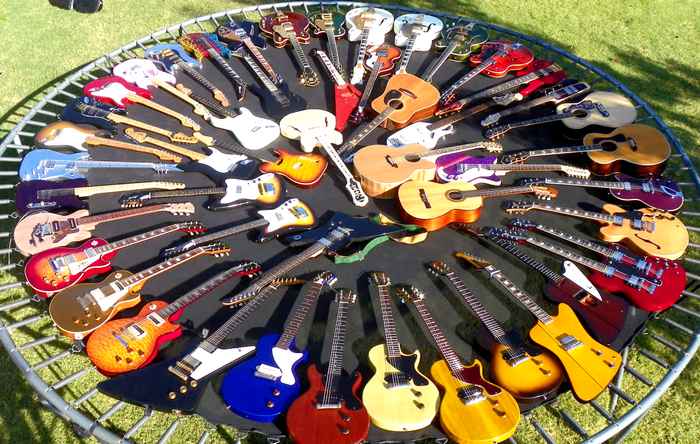

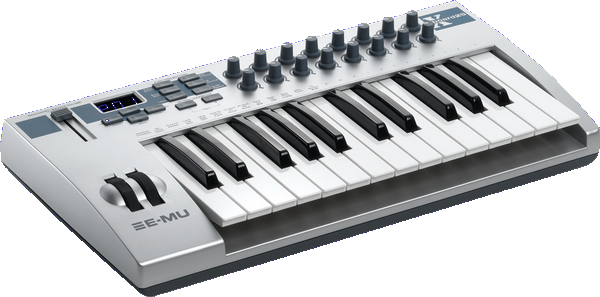


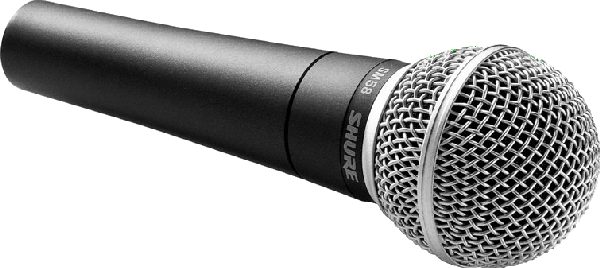

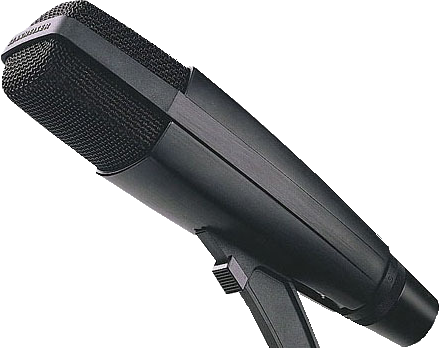

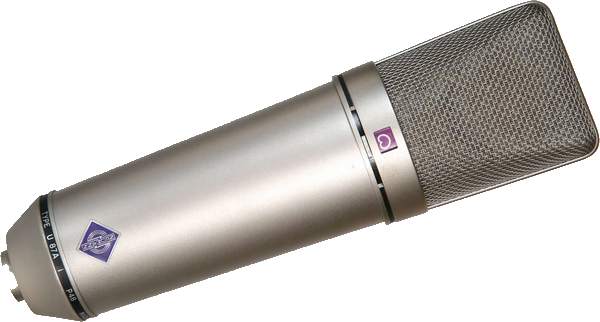
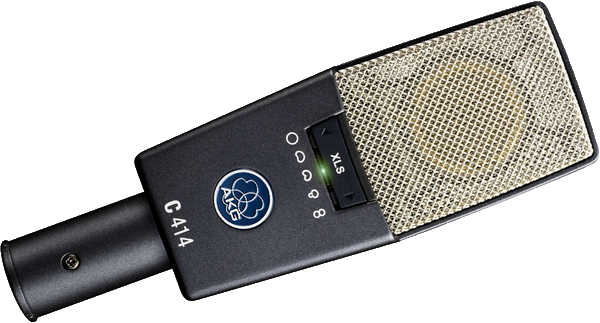
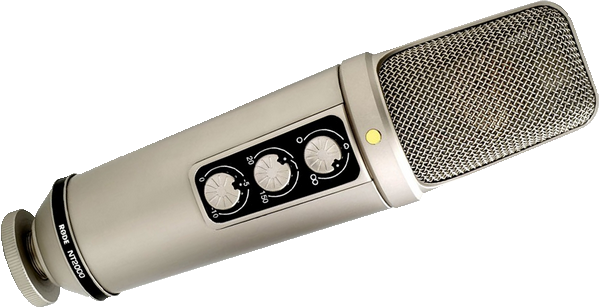

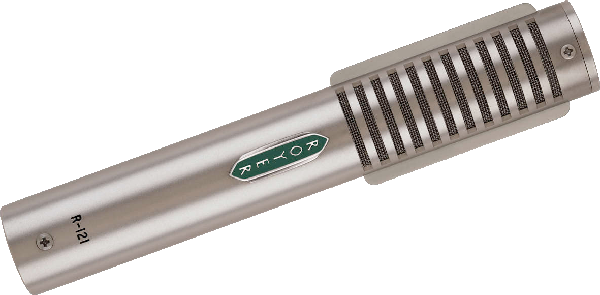
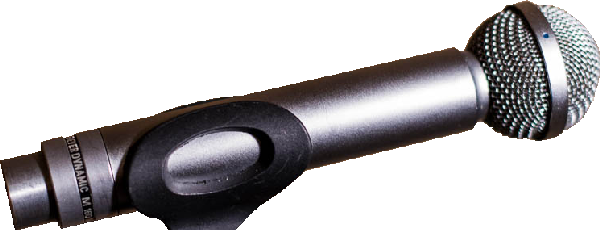

Messages page # 1 2 3 4 5 6 7 8 9 10 11 12 13 14 15 16 17 18 19 20 21 22 23 24 25 26 27 28 29 30 31 32 33 34 35

Crowned Warrior
le 05/04/2021 à 22h25
Hi,
I wanted to thank you for these instructions!
I tried this today and did a few iterations of trying to capture my cab. It worked pretty well. The sound of the IR is pretty close to my cab.
If I spend some more effort to set things up better, I will get a better result.
But without your instructions, this wouldn't have even happened. So thanks again!
* * * * * * * * * * * * * * * *
Glad to be of help! Enjoy your IRs!
Grebz

Gratte26
le 05/04/2021 à 20h26
Ce site semble être une petite pépite tant il regorge de conseils et d'infos pratiques. Merci à son auteur.
* * * * * * * * * * * * * * * *
Et merci de votre visite !
Grebz

Mastercodeon
le 25/03/2021 à 08h07
First off id just like to say that this entire site is an absolute GEM for vst guitar amp sims, ive been using plugins like lepou's le456 and LeCab and many others you host here on this site since i was 13 way back in 2013, ive always used fl studio and as such i am using 12 64 bit with an i5 and 8gb of ram hp laptop. Here soon i will be upgrading to the latest version of fl, with an i7, 12gb of ram lenovo laptop, all my setups are running windows 10. im getting a usb interface for my guitar tomorrow so im finding all the plugins im going to need, and this site by far has literally everything i need for amp sims. I have never even found a copy of the Revolution Z plugin, the sites been dead since i was a kid. I wish you and this entire site the best of luck, wishes and prosperity, i would love to see this site last for the years to come, so much of this software is really hard to find, amazing archive :)
* * * * * * * * * * * * * * * *
Thanks a lot for your kind words, I'm glad the site allowed you to find what you were looking for. Cheers and keep on making music!
Grebz

Trainko
le 12/03/2021 à 19h30
Merci pour ce site que je viens tout juste de découvrir et qui regroupe pas mal de recherches que j'ai pu effectuer depuis un lonnnng moment…..
Je débute en MAO et je pense que je viens de trouver la perle qui va me faire progresser rapidement dans le domaine !
Des belles heures devant moi ;)
Un grand bravo et merci beaucoup :)
* * * * * * * * * * * * * * * *
Merci à vous de venir sur mon site ! Si les infos qui s'y trouvent permettent d'aider, je suis ravi !
Bonne continuation !
Grebz

Aleg
le 24/01/2021 à 23h46
Bonjour ;
Tout d'abord, merci pour cet excellent article. Il va me servir très prochainement.
J'aurais aimé savoir s'il est également possible de créer une impulsion d'un son en particulier (et non pas d'une enceinte ou d'un lieu) avec ses caractéristiques. Par exemple, le timbre de tel ou tel instrument de musique, ou de quoi que ce soit d'autre. Si oui, comment fait-on et quels outils sont nécessaires ?
Merci d'avance pour votre réponse et en attendant, je vais lire le reste de votre site. :)
* * * * * * * * * * * * * * * *
Bonjour Aleg,
Merci d'avoir visité mon site.
Malheureusement, je ne pense pas que ce soit possible, en tout cas pas avec la méthode permettant de créer des IR de lieux ou d'enceintes.
Les instruments virtuels qui reproduisent des instruments existants sont soit à base de samples (chaque note possible de l'instrument réel est enregistrée, avec ses variations), soit reproduits à l'aide d'algorithmes complexes, que je serais bien incapable d'expliquer.
Je ne suis pas assez calé techniquement pour répondre, mais je pense que si c'était possible, ça aurait déjà été fait. À ma connaissance (mais je peux me tromper) ce n'est pas le cas.
Désolé de ne pas pouvoir répondre plus précisément.
Grebz
